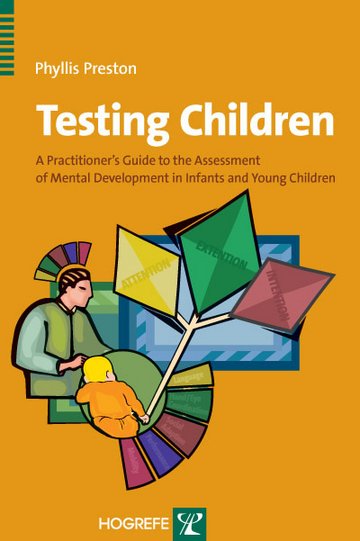Testing Children: A Practitioner's Guide to Assessment of Mental Development in Infants and Young Children

| Autor | Phyllis Preston |
|---|---|
| Verlag | Hogrefe Publishing |
| Erscheinungsjahr | 2006 |
| Seitenanzahl | 144 Seiten |
| ISBN | 9781616762964 |
| Format | |
| Kopierschutz | Wasserzeichen/DRM |
| Geräte | PC/MAC/eReader/Tablet |
| Preis | 26,99 EUR |
The Author
Phyllis Preston – AFBPsS, C. Psychol (Clinical/Educational) – read Psychology at University College London with Cyril Burt then gained her postgraduate clinical training at the Maudsley Hospital, London Institute of Psychiatry with Hans Eysenck and Monte Shapiro. She has enjoyed a long career in applied psychology within a wide variety of settings: University Departments, National Health Service hospitals, Local Education Authority Psychological Services, schools and social services provisions. This has enabled her to sample most conditions of physical handicap, mental disorders, social deprivation, and of their consequent problems, and learn the therapies available to help relieve them. Her experience has led her to view the mental field as a reactive determinant of malfunction in children (and adults), such as observed in learning, affective, and behaviour disorders often compounded by the deficits/ deprivations of social inequality.
Her special interest in the very young was established early and still holds; she continues to teach the skill of assessing mental development to professionals working in the applied fields of psychology and paediatrics.
















